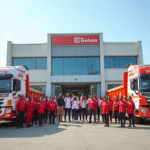Why You Should Invest in Construction Machinery and Equipment
Investing in construction machinery and equipment is more than a capital expense—it’s a proven strategy for boosting efficiency, profitability, and competitiveness in the global construction industry.
The Business Case for Machinery Investment
The global construction industry is one of the largest sectors, contributing 13% of the world’s GDP and projected to grow by $4.5 trillion by 2030 (McKinsey). Yet, this growth comes with rising demands: faster delivery, sustainable practices, and competitive pricing. To thrive in such an environment, contractors must look beyond manual methods and outdated tools.
The most successful companies invest in construction machinery and equipment, positioning themselves for higher efficiency, lower costs, and better client trust. From massive cranes shaping city skylines to compact excavators digging foundations for housing estates, equipment investment is not only about capability—it’s about survival and leadership in a competitive market.

The Importance of Modern Construction Machinery
A company that invests in modern construction machinery and equipment always stays competitive in the ever-evolving construction industry. A contractor must seek modern and, if possible, brand-new equipment to gain the client’s trust in efficient and professional project delivery.
1. Meeting Industry Demands
Modern projects—from high-rise apartments in emerging markets to mega transportation systems across Africa—require precision, speed, and efficiency. Manual labour alone can’t keep up. Machinery investment ensures that projects meet deadlines and quality standards demanded by private clients and governments.
For instance, Kenya’s Nairobi Expressway project, valued at KSh 65 billion, relied heavily on advanced construction machinery from global brands such as China’s SANY and Caterpillar. Delivering such complex infrastructure within a tight timeline would have been impossible without modern machines.
2. Staying Competitive
Companies with the right machinery stand out in competitive bidding environments. Clients see machinery ownership as a sign of capacity and reliability. A firm with modern excavators, loaders, and cranes is likelier to win tenders than one that outsources every machine.
This highlights a key truth: construction machinery investment is not just an operational choice—it’s a competitive strategy.
Benefits of Investing in Construction Machinery and Equipment
The benefits of machinery investment extend far beyond day-to-day operations. Let’s break them down.

1. Increased Efficiency and Productivity
Heavy equipment drastically reduces the time required to complete tasks.
- An excavator can dig a 10-foot foundation trench in hours, compared to days if done manually.
- A concrete mixer ensures uniformity and speed that no manual team can replicate.
The impact of machinery investment on construction project efficiency translates into more projects completed per year, improving profitability.
2. Improved Project Quality
Machines with precision technology, GPS, laser guidance, and automation deliver accuracy in grading, drilling, and placement, minimising costly rework.
For example, Komatsu’s intelligent machine control dozers can automatically adjust blade positions, ensuring perfect grading. Such technology directly improves client satisfaction and reduces warranty disputes.
3. Long-Term Cost Savings
Although the initial investment is high, the return on investment for construction machinery and tools comes in multiple ways:
- Fewer labour costs per project.
- Lower delays caused by inefficiencies.
- Ability to bid competitively due to reduced overhead.
According to Deloitte, fully utilised machinery can reduce project costs by 15–25%. If the company upholds predictive maintenance, it can reduce breakdowns by 70% and maintenance costs by 25%.
4. Enhanced Safety Standards
According to the Osha Online Centre, the construction industry records thousands of injuries annually, averaging 21,400 non-fatal injuries. Many are linked to manual handling and outdated equipment. Modern machinery includes safety features such as rollover protection, cameras, and automated emergency shut-off systems.
In Africa and other emerging markets, firms adopting modern equipment have reported fewer workplace accidents, improving worker morale and insurance premiums. This shows how safety and profitability go hand in hand.
5. Higher ROI and Business Growth
Owning equipment allows contractors to expand into bigger markets and gain client trust. For instance:
- A small contractor that invests in a crane can start bidding for high-rise construction.
- Leasing equipment during downtime creates extra income streams.
Machinery ownership also builds credibility. Developers and governments often prefer contractors with their own fleets, as it demonstrates financial stability and capacity.
Why Construction Companies Should Invest in Modern Machinery
Contractors sometimes question the need for heavy equipment, especially when renting is an option. However, why construction companies should invest in modern machinery is clear when looking at industry trends:
- Clients are selective: Big developers in Nairobi, Lagos, and Johannesburg now demand contractors with machinery as part of prequalification.
- Sustainability is rising: Governments are imposing environmental standards. Newer machines are fuel-efficient and compliant with emission regulations.
- Competition intensifies: With thousands of registered contractors in Kenya alone, machinery is a clear differentiator.
Failure to invest risks losing market share to forward-looking competitors.
Financing Options on How to Invest in Construction Equipment: Expanded
Financing is the bridge between ambition and action. The right finance plan makes expensive machinery accessible while protecting cash flow. Below are detailed financing routes, what to expect, pros/cons, and decision checkpoints.

1. Bank Loans (Asset-Backed or Term Loans)
- How it works: Bank loans provide capital to buy equipment; the machine may be collateral. Terms typically range from 2 to 7 years.
- Key terms to negotiate: They include down payment (10–30%), interest rate (fixed vs variable), balloon/residual payment, and early repayment fees.
- Pros: Ownership from day one; interest is often tax-deductible (check local rules).
- Cons: It requires good credit, a balance sheet, and higher monthly repayments than leases.
- Use when: You have a steady cash flow, want to own the asset, and can get competitive interest.
2. Leasing (Operating vs Finance lease)
- Operating lease: This is an off-balance, short-term use option. The lessor retains ownership, and maintenance is often bundled. This option is suitable for temporary needs.
- Finance (capital) lease/hire-purchase: This loan is structured as a lease, allowing the lessee to gain ownership at the end of the term.
- Pros: Lower upfront cost; easier upgrades; less capital tied up.
- Cons: Over the long term, leasing can be costlier than buying; operating leases don’t build equity.
- Use when: You need flexibility, want to preserve working capital, or face uncertain demand.
3. Hire Purchase (Standard in Kenya/East Africa)
- How it works: There are gradual payments and ownership transfers once the final installment is paid. A typical deposit is 10–20%, and the term is 2–5 years.
- Pros: Structured ownership path; predictable repayments.
- Cons: You bear maintenance and insurance during the term; missing payments can forfeit the asset.
- Use when: You plan to own the machine and want a predictable cash flow impact.
4. Manufacturer/Dealer Financing
- What’s different: OEMs like Caterpillar, Komatsu, and JCB often bundle attractive rates, extended warranties, bundled maintenance, and telematics subscriptions.
- Pros: Tailored packages, strong after-sales support, easy procurement.
- Cons: It may be more expensive than bank loans; it is best when vendor support and uptime matter.
5. Government and Development Finance
- Sources: Development banks (AfDB, World Bank facilities), national industrial funds, and concessional credit for SMEs.
- Advantages: Lower rates, longer tenors, partial guarantees. These are often tied to local economic development objectives.
- How to access: Prepare a project/business plan highlighting job creation, environmental benefits, and procurement transparency.
Practical Financing Decision Checklist
- Forecast cash flow for the next 3–5 years.
- Calculate Total Cost of Ownership (TCO) per hour (see formula below).
- Compare purchase vs lease at your expected utilization (hours/year).
- Determine the break-even point: when does owning a property provide more financial benefit than leasing it?
- Factor in tax treatment (depreciation allowances, VAT reclaim).
- Include contingency (10–15% for unexpected maintenance or downtime).
Simple ROI/Payback Formula (Illustrative)
- Annual incremental profit from equipment = additional revenue per year − incremental operating costs.
- Payback (years) = equipment cost/annual incremental profit.
- Example: If a new excavator (KSh 20M) enables an extra KSh 5M net revenue per year → payback = 20M / 5M = 4 years.
Impact of Machinery Investment on Project Efficiency: Expanded
Equipment changes the economics of every task. Here’s a breakdown of how machinery transforms time, quality, and costs, with measurable KPIs you can track.
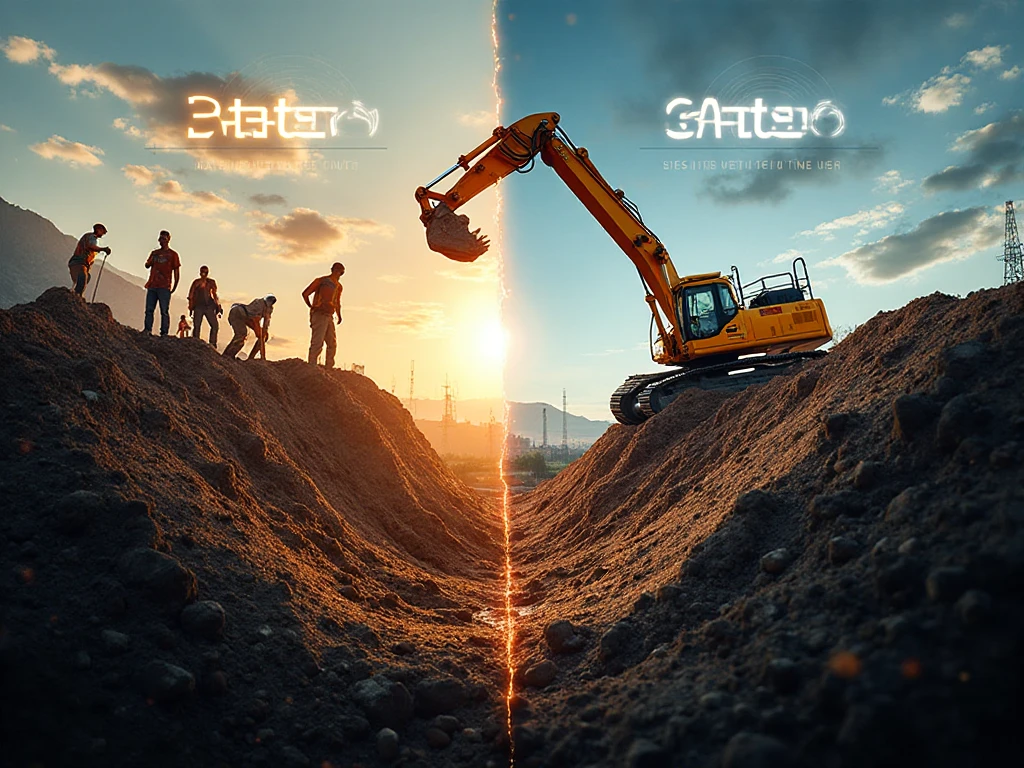
Key Efficiency Gains
- Time savings (cycle times): A single machine can compress weeks of manual work into days. Measure by reduction in task-cycle time (%).
- Material efficiency: Precision equipment (e.g., automated bulldozers) reduces over-excavation and rework and tracks material waste reduction (tonnes saved/project).
- Labour productivity: Machines multiply the output per worker; track productivity as “output units per labour-hour”.
- Schedule reliability: Less dependency on large crews reduces weather/labour risk impacts.
Key Performance Indicators (KPIs) to Track (Must Report Monthly)
- Utilisation rate (%) = (machine hours used ÷ available machine hours) × 100
- Target: >60% for owned machines (varies by asset class).
- Cost per operating hour (KSh/hr) = (fuel + maintenance + insurance + operator wages + depreciation) ÷ hours operated.
- Downtime ratio (%) = downtime hours ÷ total available hours.
- Yield or rework rate (%) = % of tasks requiring a redo — aim to reduce.
Real-World Illustration (Typical)
A grader that used to be rented for KSh 150,000/day allows the contractor to deliver road grading in 20% less time; owning and utilising it across multiple jobs reduces per-job cost and increases available bids per year.
Challenges of Equipment Investment: Expanded
Equipment brings returns but only if managed appropriately. Let’s examine each challenge and practical mitigation strategy.

1. High Upfront Cost
- Mitigation: Stagger purchases, prioritize high-impact assets (excavators, skid steers, compactors), and use blended financing (part loan + part lease).
- Strategy tip: Build a 3-year equipment procurement plan tied to secured pipelines.
2. Maintenance & Repair Costs
- Mitigation: Preventive maintenance is cheaper than reactive repair. Set up:
- Daily operator checks (fluids, filters, tracks).
- Scheduled services at set hour intervals (250 hrs, 500 hrs, 1000 hrs).
- The Original Equipment Manufacturer (OEM) maintenance contract includes both parts and labour.
- Spare parts strategy: Maintain a critical-parts kit (filters, belts, seals) to avoid lengthy downtime.
3. Depreciation & Asset Management
- Understanding depreciation: Use realistic salvage values when modelling ROI. Evaluate the straight-line method versus the reducing-balance method for tax planning purposes.
- Resale planning: Brands with strong secondary markets yield higher residual values, which you should factor into the Total Cost of Ownership (TCO).
4. Skills & Operator Shortages
- Mitigation: Implement operators’ training programs.
- Vendor-certified operator training.
- On-site mentoring and competency checks.
- Incentive programs for certified operators can reduce turnover.
- Long-term: Partner with technical schools to create a pipeline of trained operators.
5. Insurance & Risk Management
- Insurance types: hull/all-risk, third-party liability, business interruption, and theft coverage.
- Risk control: Install telematics and immobilisers; use geo-fencing to prevent theft.
Guide to Investing in Construction Equipment for Contractors: Deeply Practical
A disciplined approach turns purchases into profit. Below is a step-by-step, actionable guide you can use as a procurement policy.
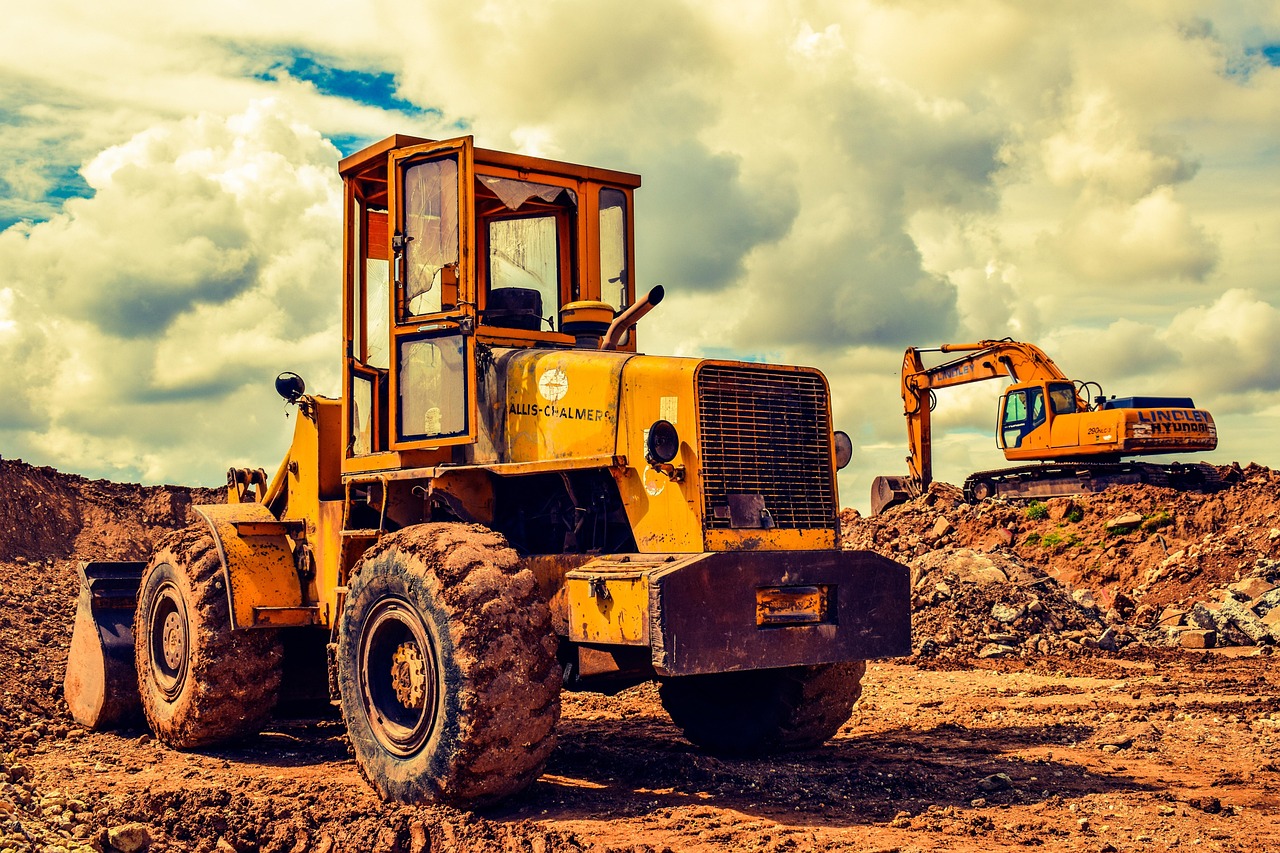
Step 1: Business Need Analysis
- Create a 5-year pipeline list of secured and likely projects; map machinery needs per project. Prioritise machines that serve multiple projects.
Step 2: Total Cost of Ownership (TCO) Modelling (Must-Do)
- TCO formula (per year) = (Depreciation + Interest on finance + Fuel + Maintenance + Insurance + Operator costs + Storage/transport) − residual value gain.
- Divide by expected annual hours = Cost per operating hour.
Step 3: New vs Used Decision Tree
- New: warranty, latest tech, higher capital cost — preferred for primary fleet.
- Used: lower upfront cost; ideal for add-on units or low-risk tasks; always inspect serial numbers, maintenance records, hours, hydraulic system condition, and service history.
Step 4: Procurement Checklist
- Confirm Original Equipment Manufacturer (OEM)/dealer credentials and local service capacity.
- Inspect the machine (if used) for hydraulic pressures, track/tyre wear, engine compression test, and leak checks.
- Verify spare parts availability and lead times.
- Negotiate Service Level Agreements (SLA) and training days.
Step 5: Training and Certification
- Allocate budget for operator certifications; implement competence-based promotion.
- Train mechanics for first-line diagnostics; schedule advanced OEM workshops.
Step 6: Maintenance Plan and Telematics
- Install telematics to monitor hours, fuel consumption, idle time, and error codes.
- Use data to schedule services, optimize utilization, and forecast replacement.
Case Studies from Real-World Examples of ROI: Expanded and Illustrative
Concrete examples help stakeholders visualise returns. Below are three expanded case scenarios, two illustrative and one based on standard industry reports.

Case 1: Kenyan Road Contractor (Illustrative)
- Situation: The Local firm relied on rentals with an average project margin of 8%.
- Investment: Purchased 2 graders and 1 compactor at KSh 40M total (financed over 4 years).
- Result: Utilised fleet across 6 road contracts in the first year, reduced subcontract rental costs by KSh 18M, and reduced project time by 25%. Net impact: margins rose to 14%, and the company won 3 new tenders due to its capability.
- Key lesson: Ownership unlocked capacity and price competitiveness.
Case 2: India Affordable Housing Developer (Illustrative)
- Situation: Housing developer faced delays from manual batching and inconsistent concrete quality.
- Investment: Mobile concrete batching plant (cost-effective used unit).
- Result: Construction cycle was shortened by 30%, there were fewer quality defects, and savings on rework costs were estimated at 12% of concrete spend. Repeat business rose as client satisfaction increased.
- Key lesson: Site-level process automation drives both speed and quality.
Case 3: Manufacturer Telematics (Industry-Backed)
- Reported by OEMs: Integrated fleet management (telematics + preventive maintenance) delivers up to 8–12% fuel savings, 10% longer component life, and lower unscheduled downtime.
- Key lesson: Data-driven maintenance multiplies the equipment’s Return on Investment (ROI).
The Future of Equipment Investment in the Construction Industry: Deeper Outlook
Technology and digital transformation are reshaping equipment economics. The next decade will see shifts that change how contractors procure, use, and monetise machinery.
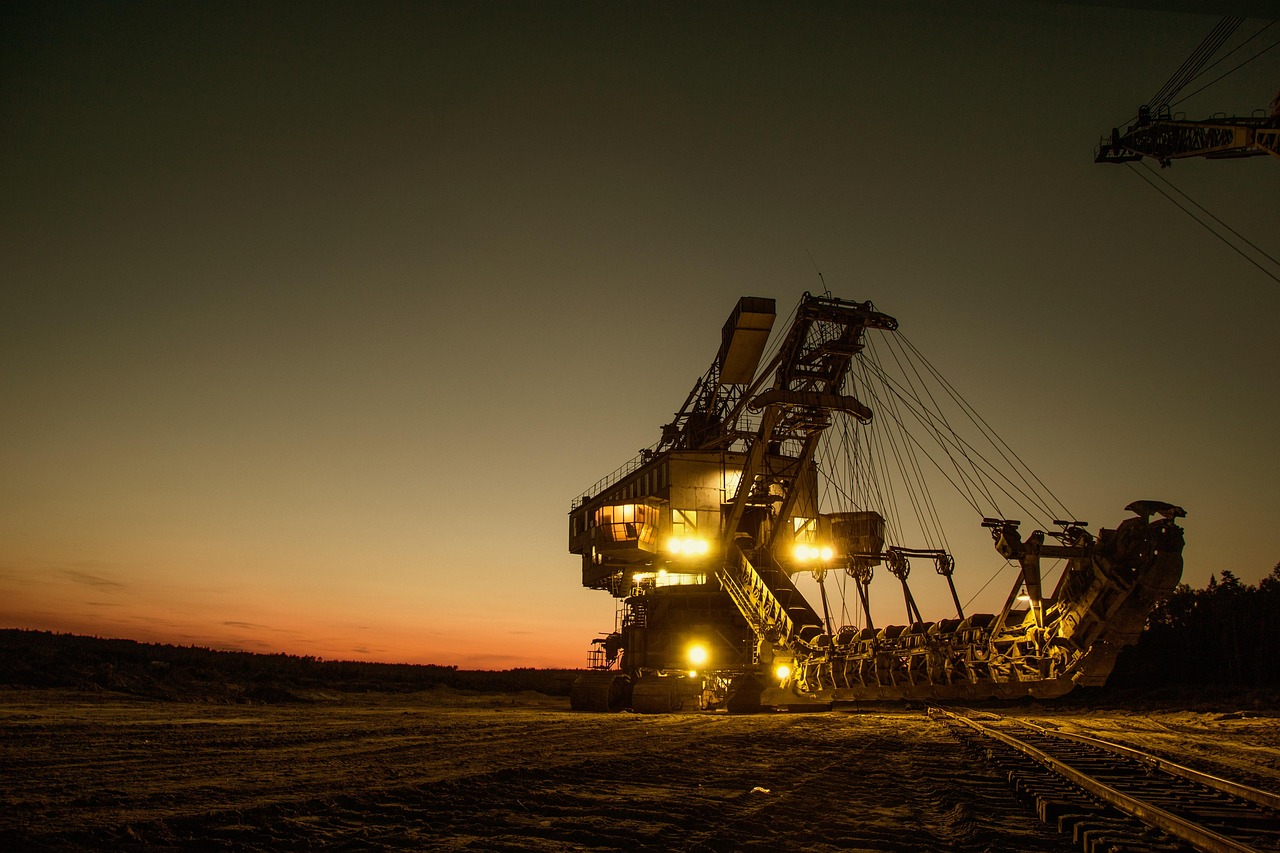
1. Electrification and Alternative Fuels
Trend: Electric and hybrid excavators, electric compactors, and hydrogen prototypes are in trials. These reduce operating fuel costs and emissions, a decisive advantage for green tenders. JCB launched its first road-approved hydrogen excavators in the UK in 2025.
2. Autonomy and Semi-Autonomy
Trend: Autonomous dozers, remote-controlled demolition machines, and semi-autonomous pavers increase productivity and safety in dangerous environments.
Read further: Automation and Autonomy: A Replacement for Humans with Machinery?
3. Equipment-as-a-Service (EaaS)
Trend: Pay-per-use models and shared platforms let contractors access advanced machines without ownership, reducing capital lock-up. Expect marketplaces (regional platforms) to match equipment availability to real-time demand.
4. Circular Economy and Remanufacturing
Trend: OEMs will expand remanufactured engines and components with warranty, cutting costs and promoting sustainability.
5. Data-Driven Procurement
Trend: Telematics and AI will predict ideal replacement time (based on TCO curves), not fixed age, optimising CapEx cycles.
Practical Appendices (Quick Resources You Can Embed)
Operator training checklist
- Daily pre-start checks, safe operation procedures, emergency stop tests, idle-reduction techniques, and basic troubleshooting.
KPIs to monitor (dashboard)
- Utilisation percentage, cost per hour, fuel use (L/hr), idle percentage, MTBF (hours), and average repair time.
Maintenance schedule (example)
- Daily: visual checks, fluid levels.
- 250 hours: changing filters, greasing.
- 500 hours: hydraulic inspection, belt checks.
- 1,000 hours: major service, engine tune.
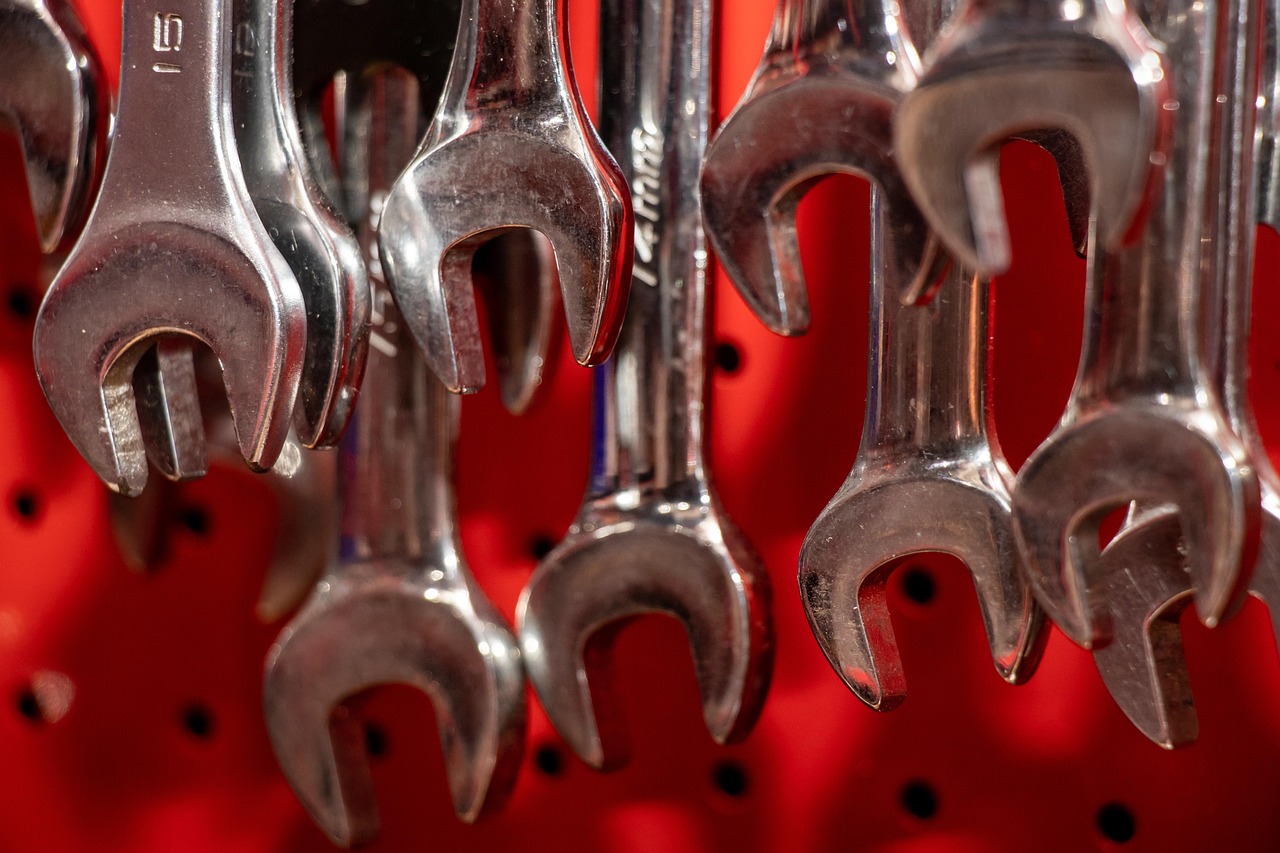
Wrap Up: Investment in Construction Machinery and Equipment
Investing in the proper construction machinery and equipment and managing it professionally is one of the fastest ways a contractor can scale, win higher-value contracts, and improve margins. If you’d like, I can:
- Build a simple ROI spreadsheet template (TCO vs leasing/buying) you can paste into Excel.
- Create a procurement checklist PDF for your team.
- Draft supplier negotiation scripts and Request for Proposals (RFP) templates.
As a contractor, if you invest in construction machinery and equipment, it is not an expense; it’s a growth strategy. The benefits are overwhelming, from higher efficiency and ROI to safety and sustainability.
As global construction demand rises, the companies investing in modern machinery today will be tomorrow’s industry leaders. The choice is simple: invest now, or risk being left behind.
Call to Action: The Smartest Investment for Growth
At Construction Frontier, we provide insights that help contractors, developers, and investors make smarter decisions in today’s fast-changing industry. Want to stay ahead in construction business strategy, equipment investment, and market trends? Explore more expert articles at ConstructionFrontier.com.



